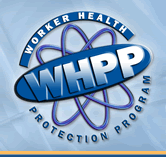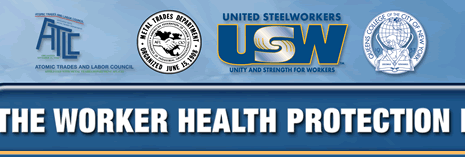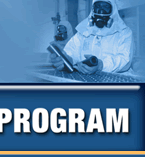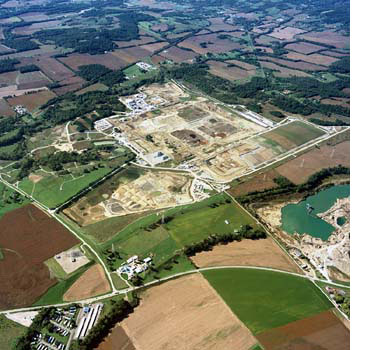


The Fernald Site 
In May 1951, the Atomic Energy Commission, predecessor to the U.S. Department of Energy (DOE), broke ground on a new uranium processing facility in a rural area northwest of Cincinnati, Ohio that would support the nation’s defense program. Throughout the nearly four decades of the Cold War, the Feed Materials Production Center delivered high-grade uranium metal products for the nuclear weapons complex. Production operations ceased in 1989 and the site’s mission changed to environmental remediation. The extent of the cleanup was one of the largest undertaken in U.S. history. The site contained two concrete silos with 8,900 cubic yards of radium-bearing sludge; one concrete silo holding 5,100 cubic yards of cold metal oxides; six waste pits containing more than one million tons of low-level radioactive waste; 6.6 million cubic feet of containerized low-level waste; 174,912 gallons of low-level liquid mixed waste; 31 million pounds of nuclear product; 224 process related and administrative structures; 400 acres of contaminated soil; and a 225 acre plume of contamination in a sole-source aquifer beneath the site. In December 1992, DOE hired Fluor to manage the cleanup under the first environmental remediation contract. Original estimates to repair the environmental damage on and near the 1,050-acre site varied based on scope of the cleanup. Some projections extended to 2020 with a $7 billion price tag. Through public dialogue and open discussions with stakeholders, Fernald pursued an accelerated cleanup plan that resulted in significant savings of time and tax dollars. With the help of over 3,000 workers, the Fernald site officially closed in October 2006 with an outstanding safety record. The Fernald Atomic Trades and Labor Council is proud to say congratulations on a job well done to all those involved. The site is now known as the "Fernald Preserve" as it is now more of a wildlife preserve and habitat for many species of natural wildlife. A resource learning center and museum is slated for opening in June of 2008. For more information regarding the Fernald site, contact either Ray Beatty or Mooch Callaway at the Fernald Medical Screening office: (812) 577-0113. |